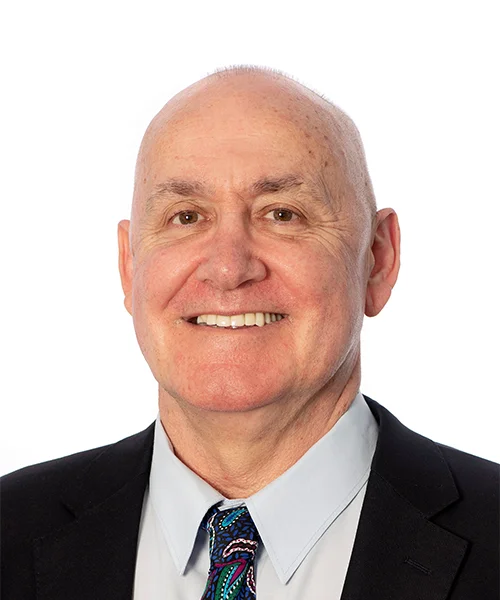Mobile phones are increasingly becoming a fundamental component of everyday life.
It is at the stage where many people could not imagine even a single day without their phone.
Problematic Mobile Phone Use (PMPU) has increased as phones have transitioned from being communication between two people, to smartphones which provide a range of online activities accessing the internet.
PMPU is sometimes called “mobile phone addiction” or “smart phone addiction”. It has the potential to become one of the biggest behavioural addiction challenges of the modern era. The impact upon a user’s mental health is similar to other substance addictions. Adverse symptoms from overuse include, sleep disturbances, withdrawal, decreased real life social interactions, aggression, lower academic performance and negative impact on relationships.
Here are some interesting statistics around Australians and their mobile phones habits:
• 84% have a mobile phone
• 91% of 14-17 year olds, own a mobile phone
• 85% of adolescents exceed 2 hours screen use per day
• 45% say they cannot live without their mobile phone
• 42% of online time is via a mobile phone
• Australians spend on average 2.5 hours on their mobile phone per day
• 42% report using the phone whilst driving (aged 18 and over)
• 4th biggest users of smartphones in the world
• On average, Australians access their phone 30 times per day
At Dunlea Centre, after a young person is accepted into the program, there is always a discussion around mobile phone usage. Considering its relevance to a young person’s social life in this current world, it is a major point of contention. Immediate access is not recommended by Dunlea Centre, but it is not banned altogether. Moderate, agreed upon usage is negotiated with the young person with increasing availability the longer the young person remains in the program. Any technology usage within the bedrooms at night is not encouraged by Dunlea Centre as a general rule.

